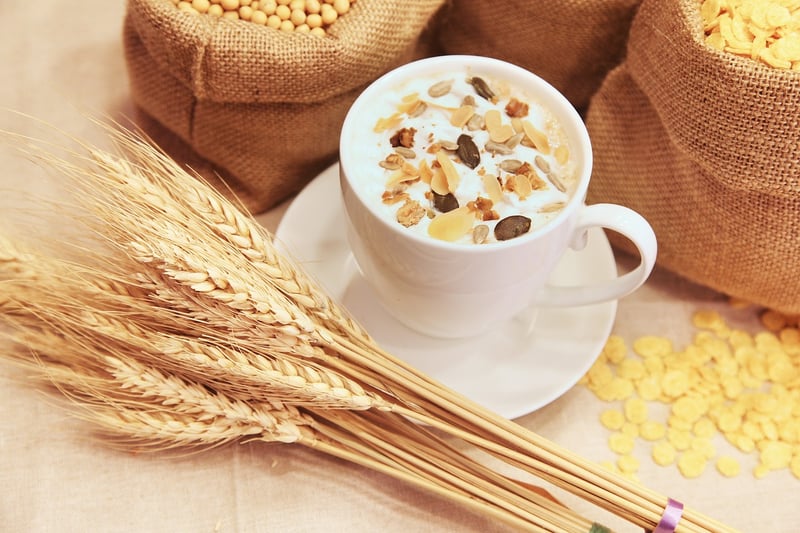Composition Tips
The Art of Culinary Composition: Tips for Food Photography
Introduction
Food photography is more than just taking pictures of delicious dishes; it's an art form that requires skill and creativity. Capturing culinary creations in a visually appealing way involves understanding composition, lighting, and styling. In this article, we will explore some tips for enhancing your food photography skills and creating stunning images that showcase the art of culinary composition.
1. Focus on the Details
When photographing food, pay attention to the details. Capture the textures, colors, and shapes of the ingredients to create a visually interesting composition. Get up close and fill the frame with your subject to highlight the intricate details that make each dish unique.
2. Play with Composition
Experiment with different compositions to create dynamic and engaging food photos. Use the rule of thirds, leading lines, and symmetry to draw the viewer's eye to the focal point of the image. Play with angles and perspectives to add depth and dimension to your photos.
3. Use Natural Light
Lighting is crucial in food photography. Whenever possible, use natural light to illuminate your dishes. Avoid harsh overhead lighting and opt for soft, diffused light that enhances the colors and textures of the food. Position your subject near a window or shoot outdoors for the best results.
4. Incorporate Props and Backgrounds
Choose props and backgrounds that complement the dish you are photographing. Select plates, utensils, and linens that enhance the overall look and feel of the image. Experiment with different textures and colors to create visually appealing compositions.
5. Tell a Story
Use food photography to tell a story and evoke emotions in your viewers. Consider the context and presentation of the dish to convey its origin, preparation, or cultural significance. Incorporate elements that add depth and meaning to your images.
Conclusion
Mastering the art of culinary composition in food photography takes practice and experimentation. By focusing on details, playing with composition, using natural light, incorporating props, and telling a story through your images, you can elevate your food photography skills and create stunning visuals that capture the essence of culinary art.
Start exploring the world of food photography and unleash your creativity to capture culinary masterpieces in a whole new light!

